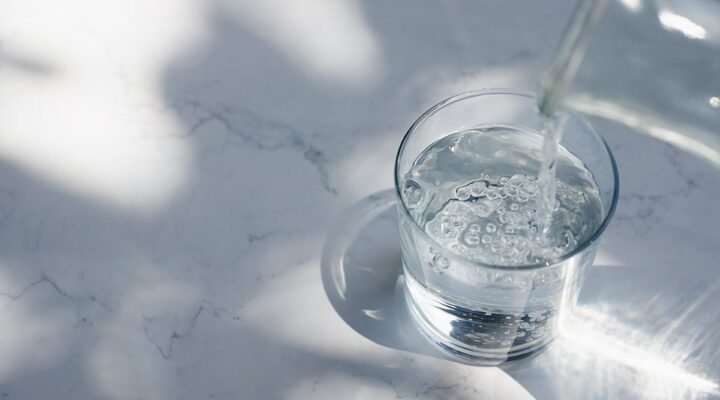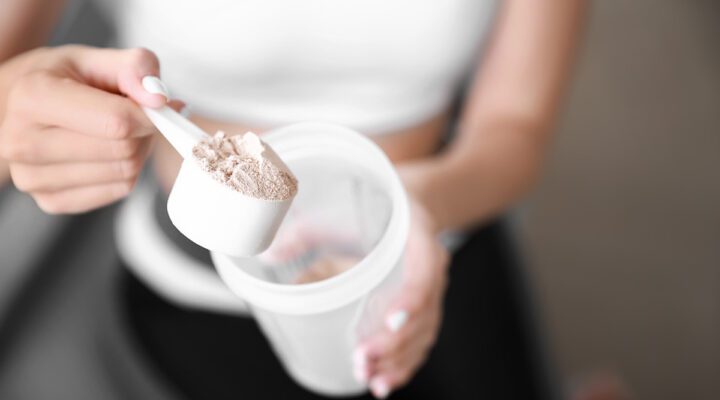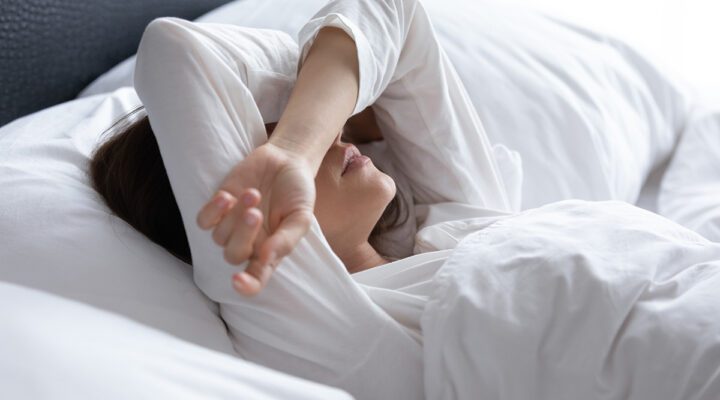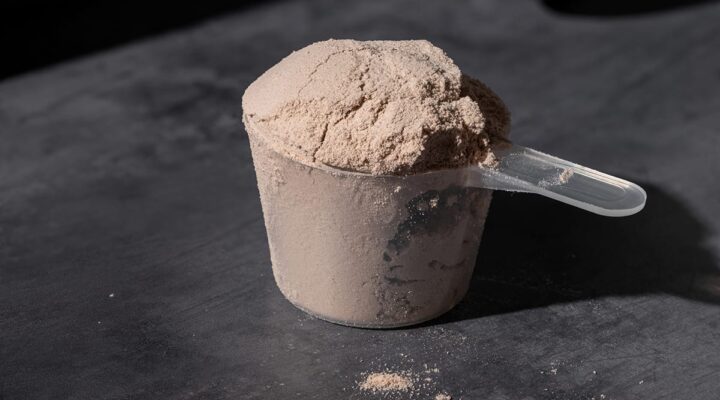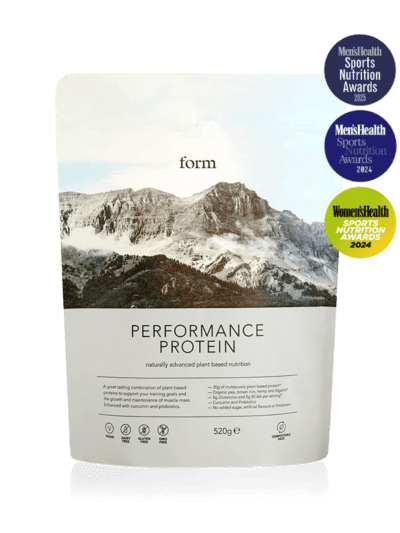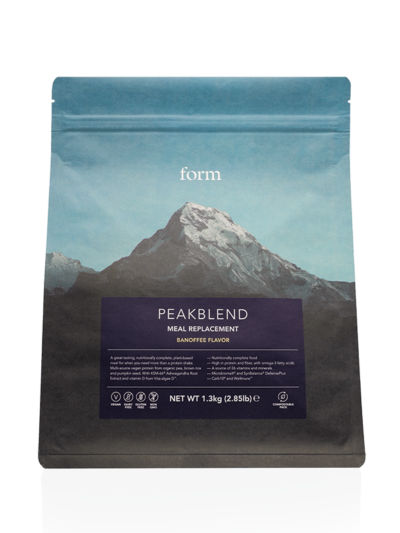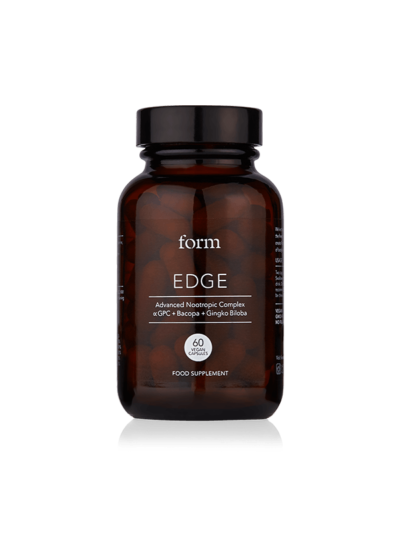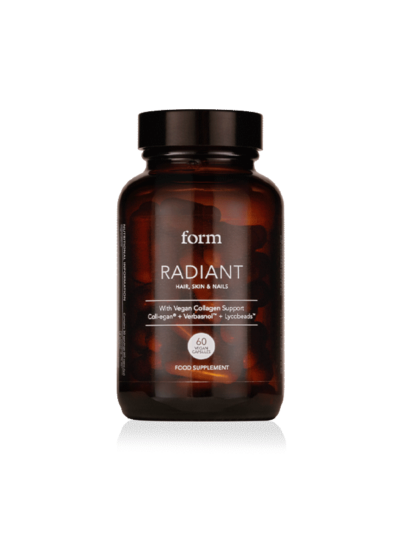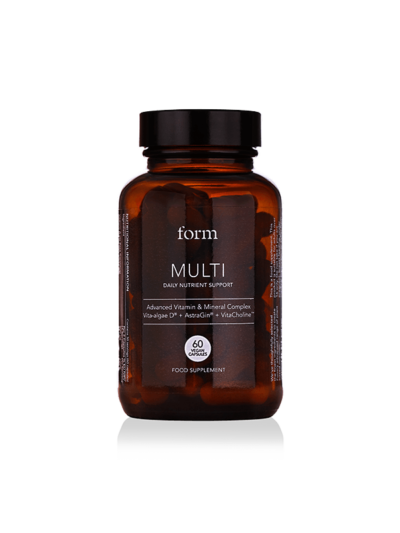Mouth and Nose Taping: Sleep Supercharger or Fitness Fad?

In the strange world of wellness tech, trends are known to come and go. Yet over the past few years, one seemingly strange practice has begun to capture the attention of fitness influencers, wellness advocates, and even a growing number of sleep experts: mouth and nose taping.
If you’ve found yourself scrolling through Instagram only to see influencers enthusiastically sticking tape over their lips and across their before bed, you’re not alone. Google Trends shows a significant rise in searches for “mouth tape,” “nose tape,” and “sleep tape,” and this curiosity is being driven by more than just well-rested influencers.
So, what’s the deal? Should you consider this sleep trend for your bedtime routine and your efforts in the gym? In this guide, we’ll explore the science behind the trend, the potential benefits, and how you can get started safely.
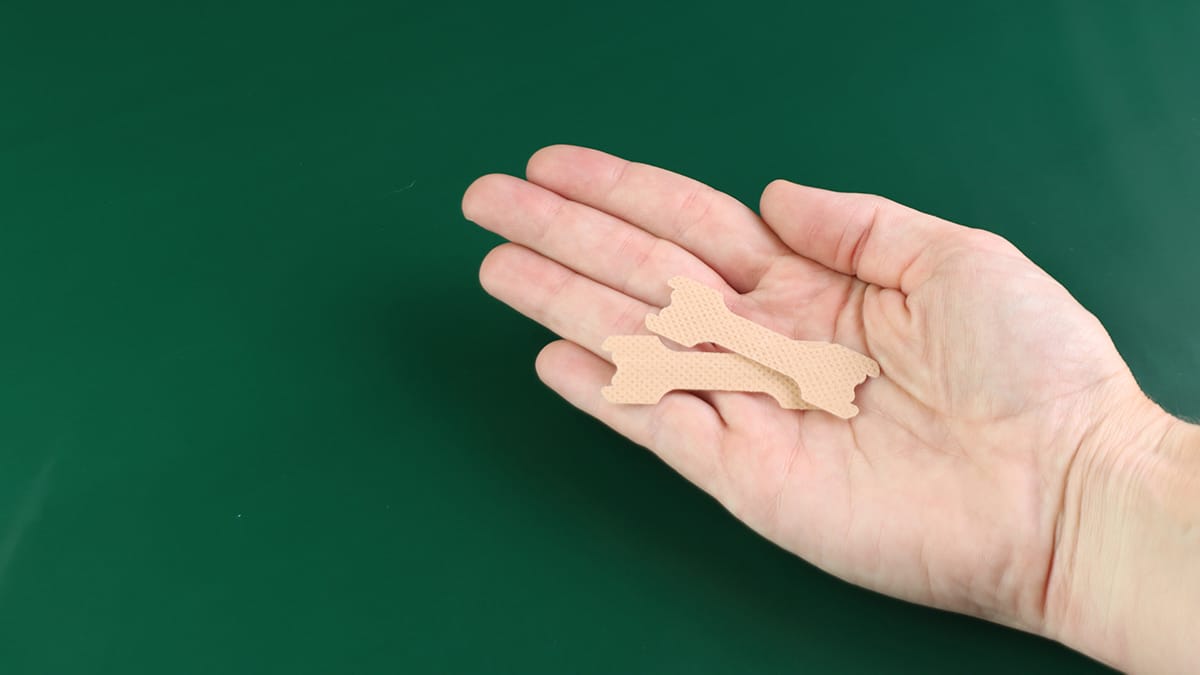
What is Mouth and Nose Taping?
Mouth and nose taping involves placing a specialised strip of tape over the lips or the bridge of your nose to promote certain benefits during sleep and exercise respectively. The concept behind the practice is simple: taping your mouth shut encourages nasal breathing rather than mouth breathing while you sleep or exercise; while taping your nose, in theory, helps widen the nasal passages for better airflow.
This practice has been hailed for its potential to improve everything from sleep quality to overall cardiovascular health, but like any new fitness hack getting engagement, it’s important to dig deeper into the science first.
The Science Behind Taping
Breathing through your nose is widely recognised as the optimal way to breathe. Why? For starters, your nose filters, warms, and humidifies the air before it enters your lungs, providing your body with cleaner, more efficient oxygen. Breathing through the mouth, on the other hand, can lead to some issues: dry mouth, snoring, and even disrupted sleep patterns. Taping the mouth encourages the body to rely on the nose for air intake during sleep, which is believed to improve overall sleep quality.
Yet, it’s not just about sleep. Nasal breathing has been linked to better oxygen exchange, enhanced carbon dioxide regulation, and improved lung function. Some experts even suggest that it can support the production of nitric oxide, a molecule that plays a crucial role in maintaining cardiovascular health by dilating blood vessels and improving oxygen uptake—two fundamental bodily functions in exercise.
A 2022 study found that mouth taping contributed to a reduction in snoring and tiredness in people with obstructive sleep apnea. As for nasal strips, the jury’s still out—especially within sports science circles. Despite this, nasal strips are used regularly by professional cyclists and HYROX participants for their purported cardiorespiratory benefits.
Writing in his blog, endurance athlete and sports scientist Dr. Will O’Connor is skeptical about the benefits of nasal strips. “While the strips do decrease nasal resistance and have been shown to slightly reduce oxygen consumption during submaximal exercise,” he says, “all of the published studies conclude there is no evidence to support enhanced performance. Once oral breathing occurs, the nasal strips lose all relevance.”
Though some studies and experts express skepticism, anecdotal information from athletes and fitness enthusiasts suggests that mouth and nose taping could help with sleep quality and athletic performance for certain individuals. Yet, it remains important to counterbalance these studies and viewpoints with the potential pitfalls of mouth taping; especially during sleep, Dr Bhavini Shah, a LloydsPharmacy Online Doctor, explains.
“While intentional nose breathing during waking hours can help slow down breathing and ease anxiety — taping your mouth while sleeping can be dangerous. It can lead to hampered breathing, disrupted sleep, and skin irritation.”
Dr. Shah continues: “If you struggle to breathe through your nose while sleeping, speak to your GP, who may suggest further examination.” Additionally, people who deal with anxiety or claustrophobia may find the sensation of having their mouth or nose taped to be stressful and thereby negate any benefits felt during sleep.
The Benefits of Mouth and Nose Taping
The potential benefits of taping your mouth and nose while sleeping extend far beyond just improving your sleep. Here’s a closer look at what might happen when you incorporate this practice into your routine:
Improved Sleep Quality
When you tape your mouth shut, you’re likely to experience fewer disturbances during sleep. By encouraging nasal breathing, you can reduce the chances of snoring and sleep apnoea. These conditions often arise from mouth breathing, which can cause the airway to collapse or become blocked, leading to shallow or interrupted breathing.
Increased Oxygen Intake
Nose breathing is believed to allow your body to take in more oxygen. It creates a more efficient airflow, leading to a better exchange of gases in the lungs, which can help you feel more refreshed and alert when you wake up.
Reduced Dry Mouth and Bad Breath
Mouth breathing can leave you waking up with a dry mouth, which not only feels unpleasant but can contribute to bad breath and tooth decay. By taping your mouth shut, you ensure that you’re breathing through your nose, keeping your mouth moist and preventing dryness.
Promotes Relaxation
Nasal breathing is often associated with a state of calm and relaxation. By tapping your mouth, you’re encouraging the body to tap into the parasympathetic nervous system, which can help reduce stress levels and enhance overall relaxation throughout the night.

Getting Started with Mouth and Nose Taping
While the benefits of mouth and nose taping sound promising, it’s crucial to start slowly and do it safely. Here’s how you can ease into the practice:
Choose the Right Tape
Not just any tape will do. You’ll want to use a hypoallergenic, breathable tape designed for skin use. There are plenty of options on the market specifically for this purpose, including gentle options made for sensitive skin. Avoid regular duct tape or adhesive strips, as these can cause irritation.
Start Slowly
If you’re new to the practice, it’s important not to overdo it. Start with small increments of time, perhaps just a few minutes before bed, to get used to the sensation. Gradually work your way up to using it for the entire night.
Pay Attention to Your Body
If you experience any discomfort, anxiety, or breathing difficulty, remove the tape immediately. Taping is not for everyone, and it’s important to listen to your body. Those with severe nasal congestion, sleep disorders, or other health concerns should consult with a doctor before trying it.
Dr. Shah says: “There is little evidence to support that mouth taping can have an impact on these issues and further research is needed to determine if there are any benefits.”
Maintain a Clean Sleep Environment
Ensure your bedroom is conducive to restful sleep. This includes keeping the room cool, dark, and free from distractions. Combining mouth and nose taping with other sleep hygiene practices will give you the best chance at improving your overall sleep quality.
Is Mouth and Nose Taping Right for You?
Mouth and nose taping may not be a one-size-fits-all solution, but it has gained popularity for good reason. With better breathing habits, it could potentially lead to improved sleep quality, reduced snoring, and a boost in overall well-being—but it might cause discomfort for those with sensitive skin, claustrophobia or difficulties breathing through their nose.
If you’re curious, it might be worth experimenting, but as always, proceed with caution and consult with a healthcare professional if needed, says Dr. Shah. “If you struggle to breathe through your nose while sleeping, speak to your GP, who may suggest further examination.” And if it’s not for you, it’s certainly nothing to lose sleep over.



